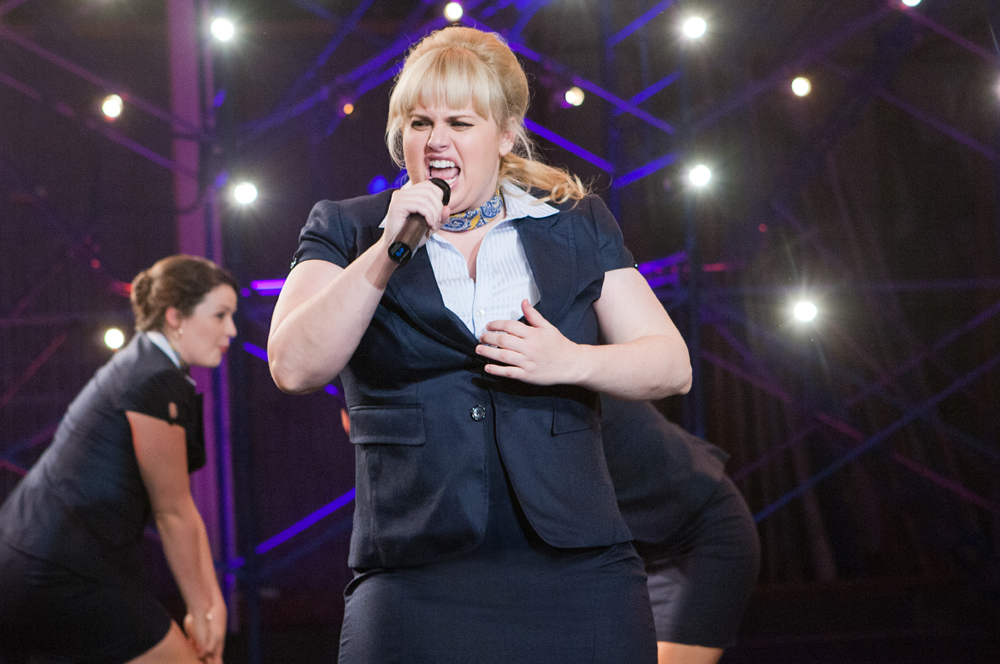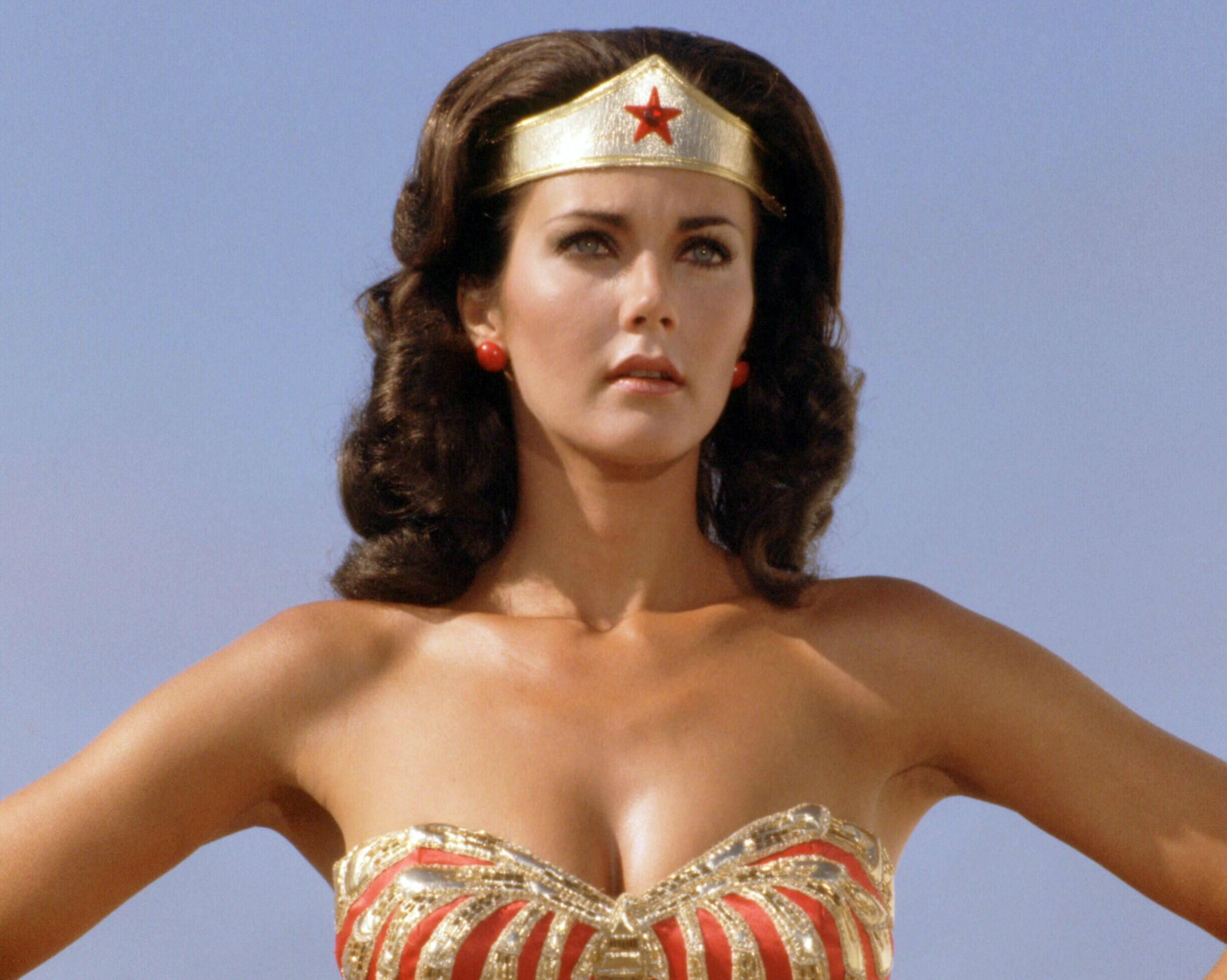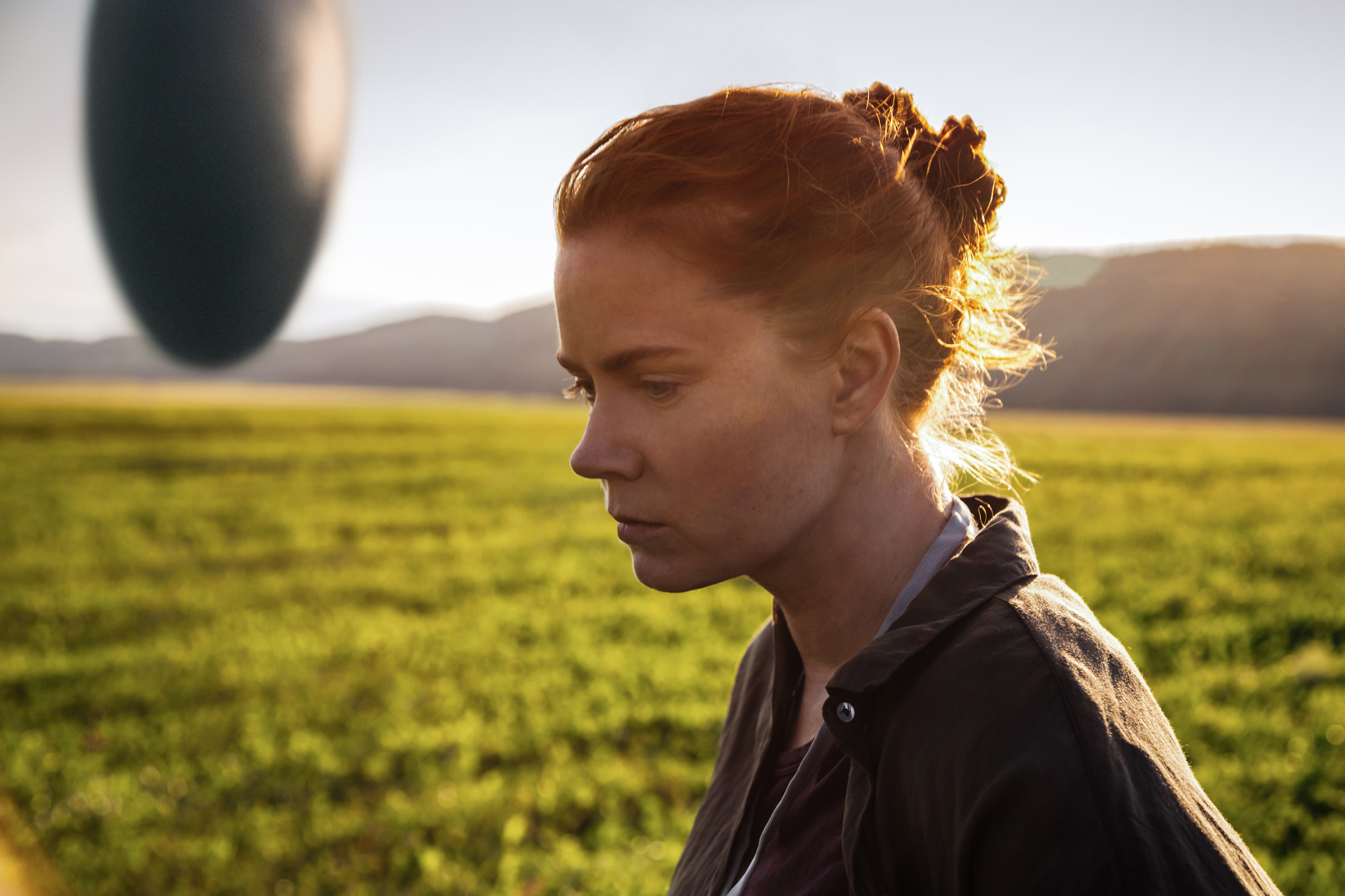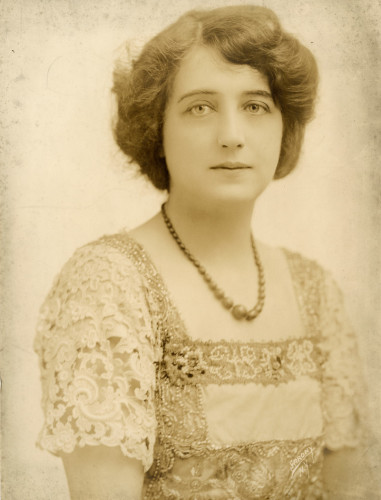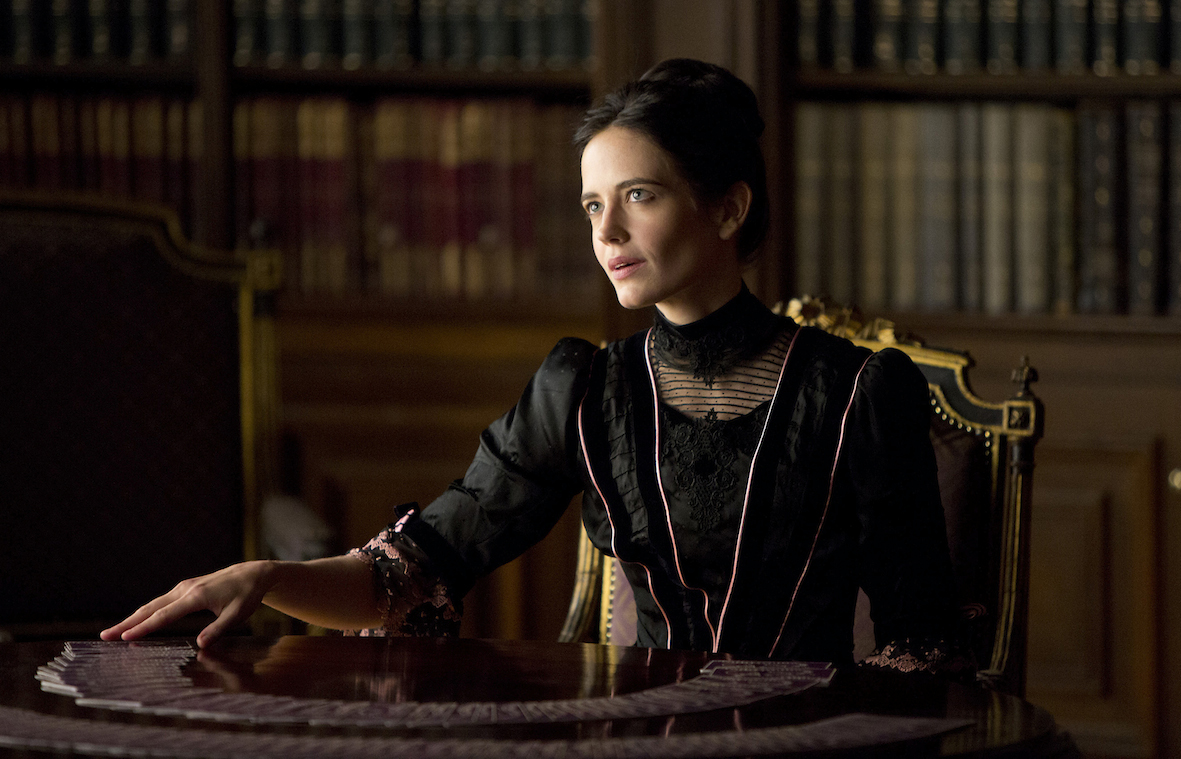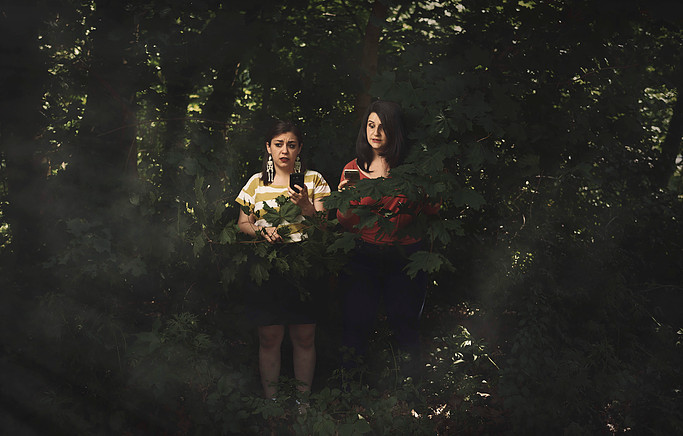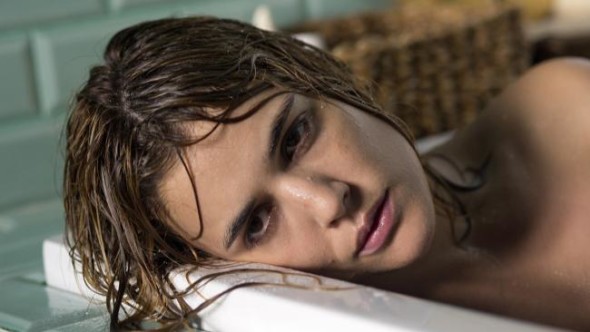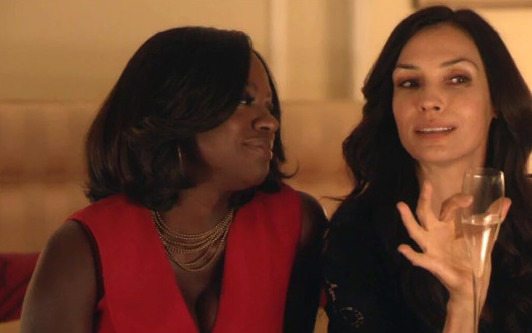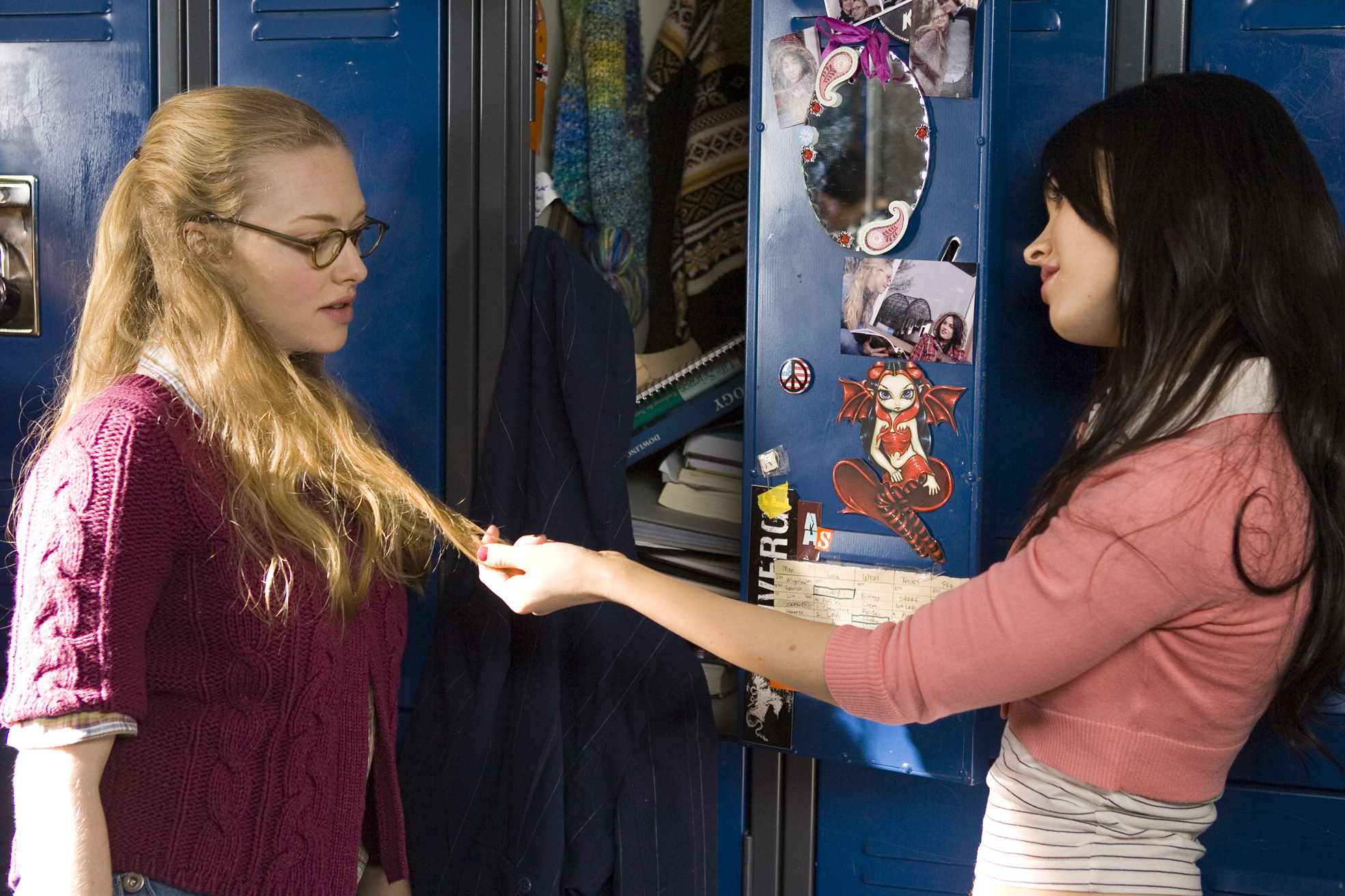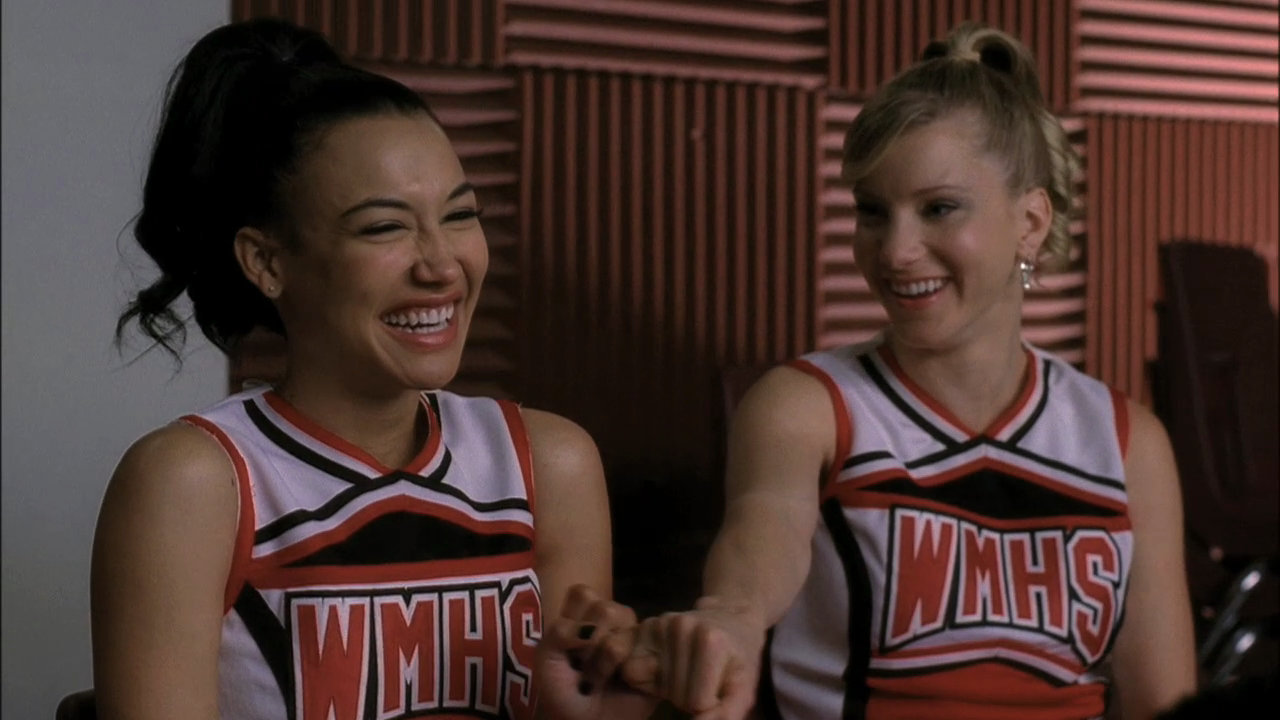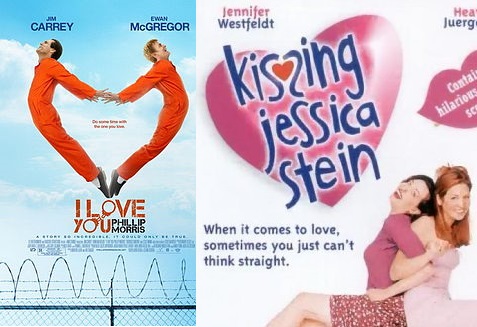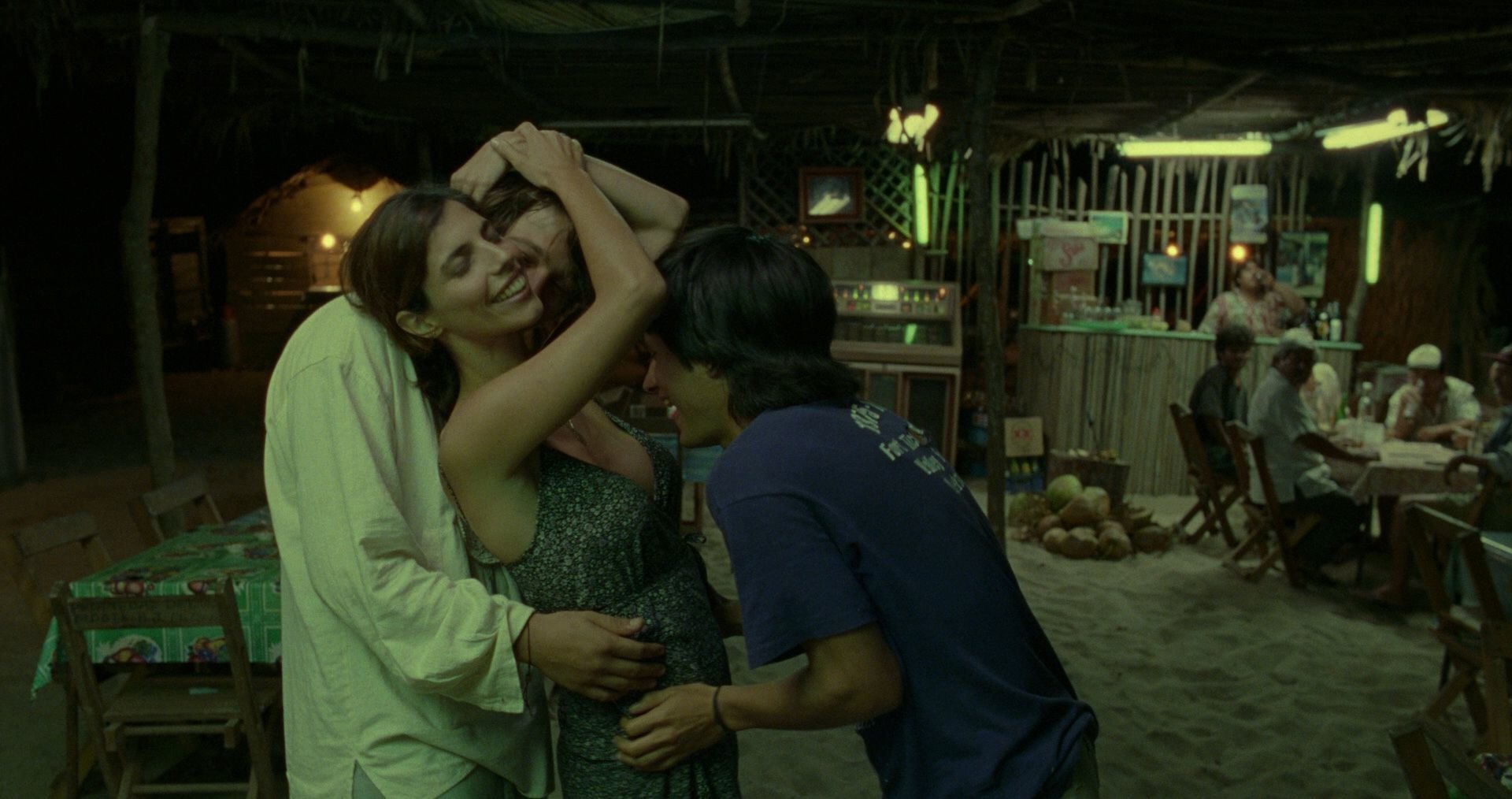Does ‘Pitch Perfect’s Fat Amy Deserve to Be a Fat Positivity Mascot?
It’s great to see a character whose fatness is a part of her identity without being a point of dehumanization, but the films try to make Fat Amy likable at the expense of other characters, positioning her as acceptably quirky, in contrast to the women of color, who are portrayed in a more two-dimensional manner, or Stacie, who is unacceptable due to her promiscuity. Ultimately, the underlying current of stereotype-based humor puts the film’s fat positivity in a dubious light…
